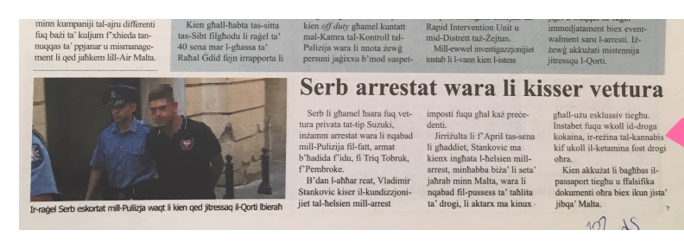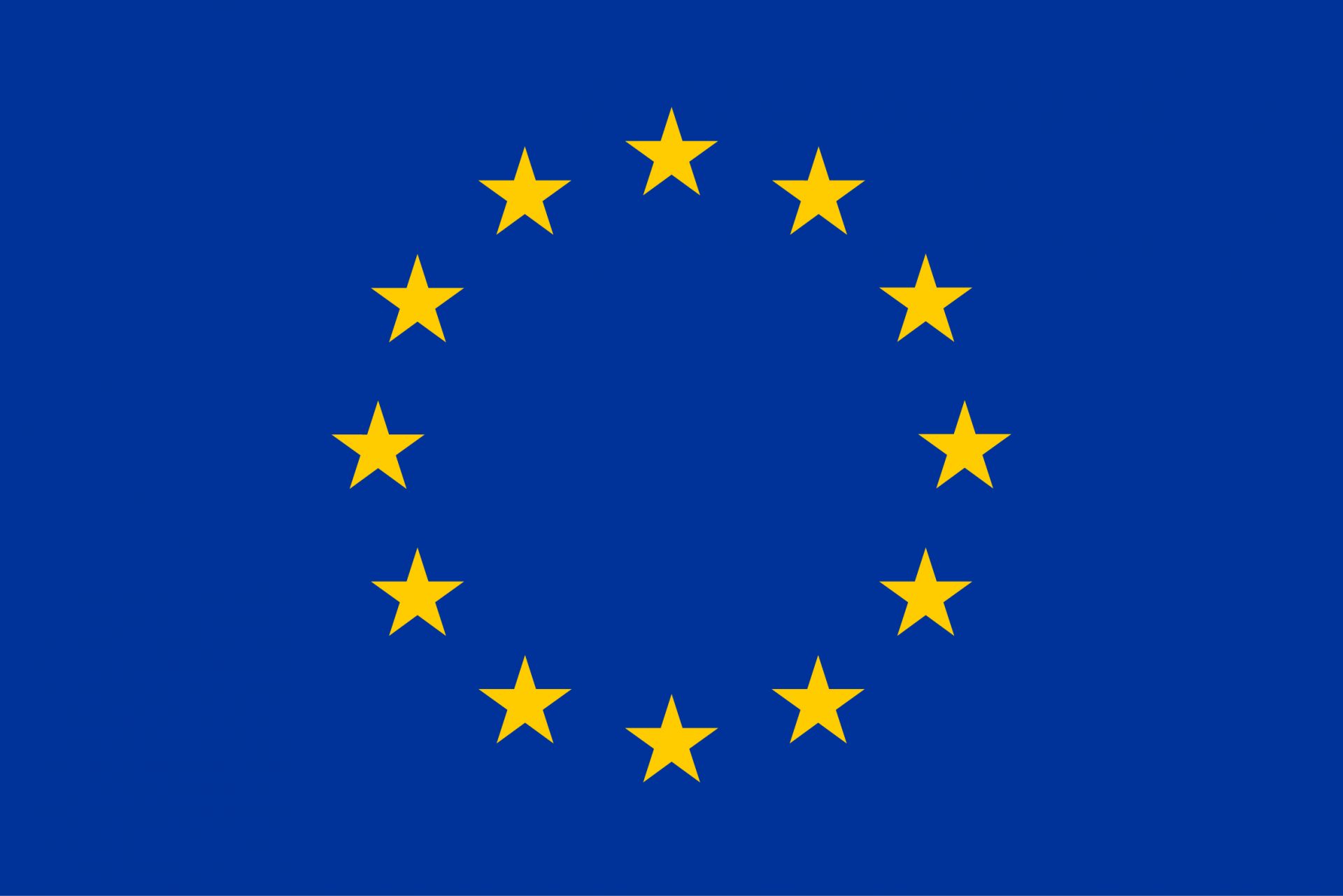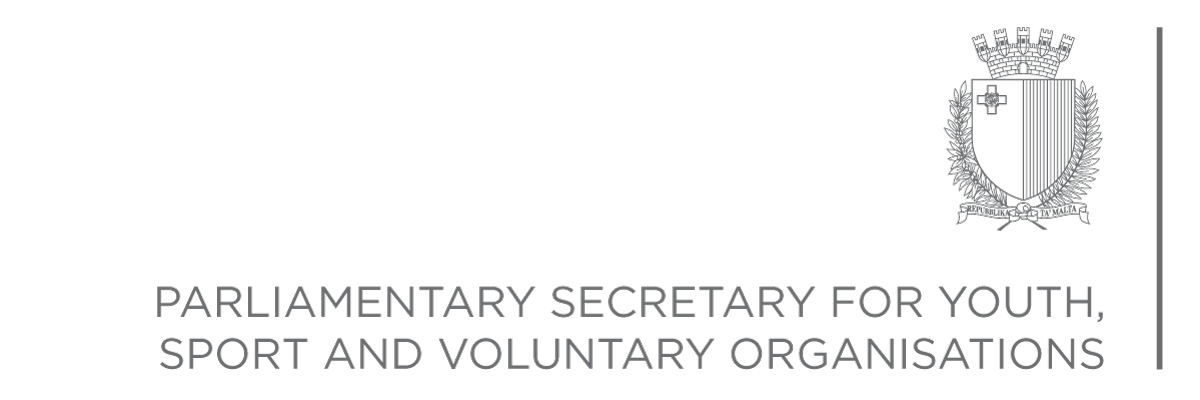Project Partners:
Hungarian Helsinki Committee (Lead Partner), aditus foundation, Fair Trials Europe, Human Rights House Zagreb, Mérték, Rights International Spain, Vienna University.
Supported by:
This project is funded by the European Union’s Justice Programme (2014 – 2020). Furthermore, aditus was supported by the NGO Co-Financing Fund.
Project Description
According to EU Directive (EU) 2016/343 on the strengthening of certain aspects of the presumption of innocence and of the right to be present at the trial in criminal proceeding proceedings, Member States must ensure that suspects and accused persons are not presented as being guilty, in court or in public through the use of measures of physical restraint such as handcuffs, glass boxes, cages and leg irons.
Over two years the Hungarian Helsinki Committee and its partners (aditus foundation, Fair Trials Europe, Human Rights House Zagreb, Mérték, Rights International Spain and the Vienna University), worked together to increase knowledge and sensitivity to the presumption of innocence among professionals and the public.
Information on the final event Innocent Until Proven Guilty? – The Presentation of Suspects in Criminal Proceedings in Malta can be found here.
What have we done?
The aditus team, coordinated by our Assistant Director Carla Camilleri, carried out a media review in order to collect and analyse data on the media representation of suspects and accused persons at all stages of the arrest and subsequent legal proceedings in Malta. This process included a sampling phase spanning a number of months of all news reporting relating to arrests of suspects or criminal court proceedings in printed newspapers, online portals and TV broadcasts in both the Maltese and English language press. The ultimate purpose of the research was to identify good and bad practice regarding the presumption of innocence in various sectors of the media. Stories were selected and coded by all project partners in their respective countries in accordance with the guidelines and procedures developed by the Vienna University team.
During the same period, Carla also drafted a national legal report which fed into a comparative research covering Hungary, France, Croatia, Malta and Spain, coordinated by the Hungarian Helsinki Committee. The legal research focused on the framework regulating the presentation of suspects before the Courts in Malta with a focus on the use of measures of restraint. In addition to desk research (drawing on legislation, policy guidance, and statistical data), semi-structured interviews and online surveys were carried out with practitioners involved in criminal proceedings.
Findings of the project
The National Legal Report gives a brief overview of the Maltese criminal justice system and criminal procedure and continues with in-depth research on the provisions that regulate the use of restraining measures, with a focus on vulnerable persons. These are mainly found in Criminal Code and supplementary provisions are found in the Police Act and the Prisons Regulations. The report also discusses the policy and practice on the use of such measures. The researcher interviewed and gathered data from a number of stakeholders, such as practicing lawyers and law enforcement officials.
The National Media Report gives an overview of the laws, legal guidelines and legal framework relating to the media and criminal justice. It also gives a contextual outline of the media landscape in Malta, focusing on printed media and their websites, online news portals and also television broadcasts. The researchers carried out a media review in order to collect and analyse data on the media representation of suspects and accused persons at all stages of the arrest and subsequent legal proceedings in Malta. This process included a sampling phase spanning a number of months of all news reporting relating to arrests of suspects or criminal court proceedings in printed newspapers, online portals and TV broadcasts in both the Maltese and English language press.
The “Innocent until proven guilty? The presentation of suspects in criminal proceedings” report was produced by Fair Trials International as part of the project. The report seeks to identify key threats to the presumption of innocence resulting from how suspects are presented in public. It recommends possible solutions to the many violations of the presumption of innocence that arise in this context. The report draws on a global survey of law and practice on the presentation of suspects in court and in the media by Fair Trials; a sociological study on the impact of images of arrest and different measures of restraint on public perceptions of guilt and the media monitoring and the comparative legal research of the project partners.
“The importance of appearances: How suspects and accused persons are presented in courtrooms, in public and in the media” report was drafted by the Media Governance & Industries Research Lab, University of Vienna. At the core of this comparative report are conclusions drawn from content analysis of crime-related news published in quality and tabloid press as well as in online-only press, and also broadcast in television news programmes from June to September 2018, in seven countries: Austria, Croatia, France, Greece Hungary, Malta and Spain.
The aim of the Toolkit is to guide journalists, of any medium, reporting on suspects in criminal cases, officers involved in public information campaigns and other individuals and organisations involved in public communication. This Toolkit:
• Expands knowledge among journalists about the presumption of innocence.
• Identifies good and bad practice.
• Provides guidance on how to best present defendants.
• Alerts journalists and public communication officers about the significance of the manner in which defendants are presented in public.
• Assists journalists and media workers assess ethical concerns between satisfying the public interest principle and upholding human rights.
In our final event, held in June 2019, Judge (Emeritus) Silvio Meli gave an in-depth presentation on the concept of the presumption of innocence, the legal protection afforded at law and jurisprudence.
The Comparative Legal Report provides a high-level overview of the research and analysis from an EU regional perspective. The report was drawn from the information garnered by all project partners through desk review and semi-structured interviews and online surveys with criminal justice practitioners, including judges, prosecutors, police officers and defence counsels, as well as persons who experienced the use of restraints as defendants.
The Law Enforcement Toolkit presents good practices and innovative ideas for law enforcement and judicial officials on how the presumption of innocence and security concerns may be balanced in a way that satisfies the legal requirements contained in the Directive. The Toolkit was drafted on the basis of the national reports from the project partners and the Comparative Legal Report analysing common trends and challenges in these countries.
What happens when your right to be presumed innocent is violated?
Fair Trials International also produced this Youtube clip on the impact of media reporting on the rights of defendants was produced by within the ambit of this project.
Some of the images captured during the media survey

Measures of restraint – project photo 
Suspect being escorted to Court through a pedestrian street handcuffed and in white forensic suit 
Subjects encircled in red by newspaper 
Escorted, handcuffed and nationality highlighted 
Photo of suspect being handcuffed
(the above images were pixelated by aditus)
Innocent Until Proven Guilty – National Workshop
Wednesday 26 June, Valletta, Malta
Want more information? Contact our project contact point, Carla (carlacamilleri@aditus.org.mt). You can also Subscribe to our News and Updates to be kept updated on this and all other projects and initiatives.
This project is funded by the Criminal Justice Program of the European Union.

This project was supported by the NGO Co-Financing Fund:






